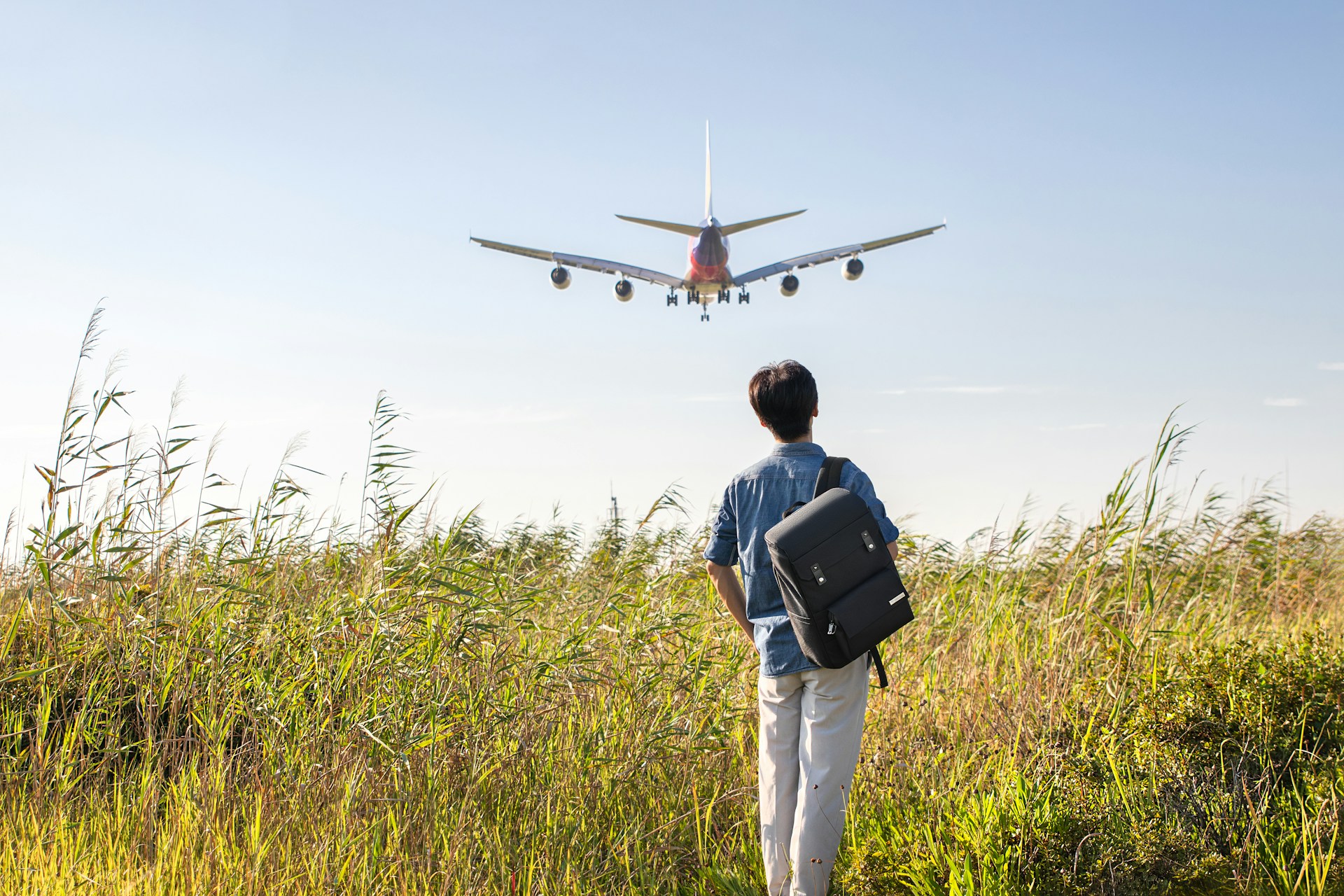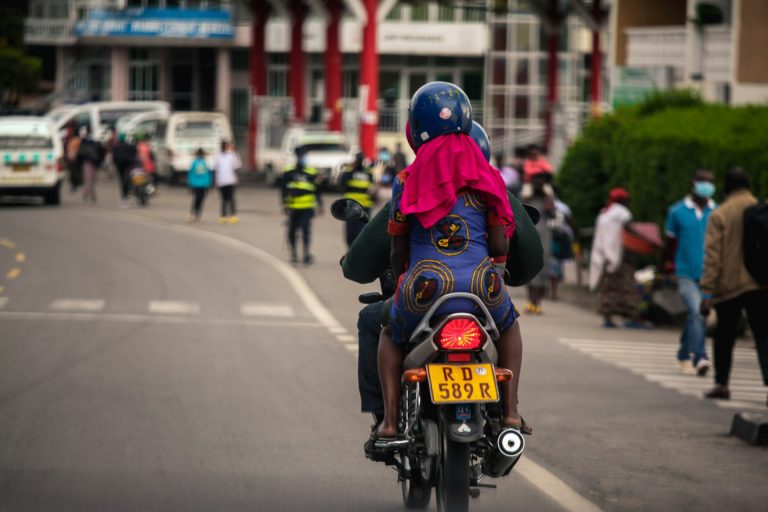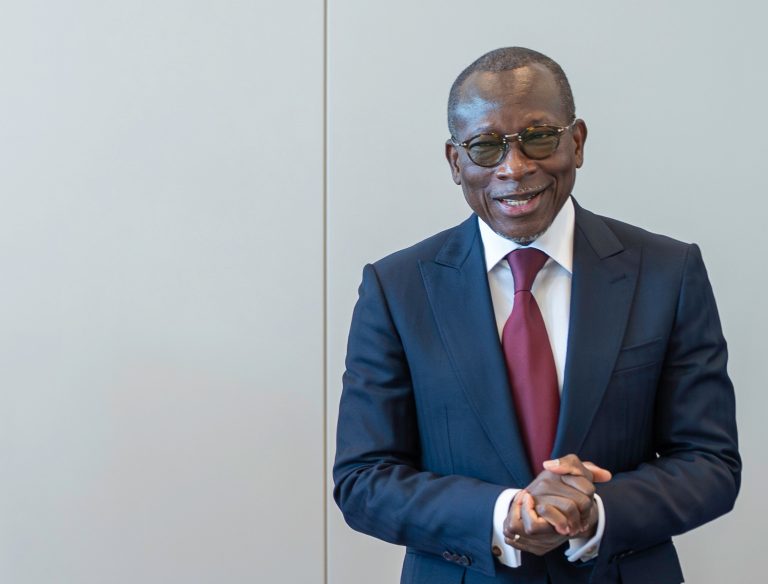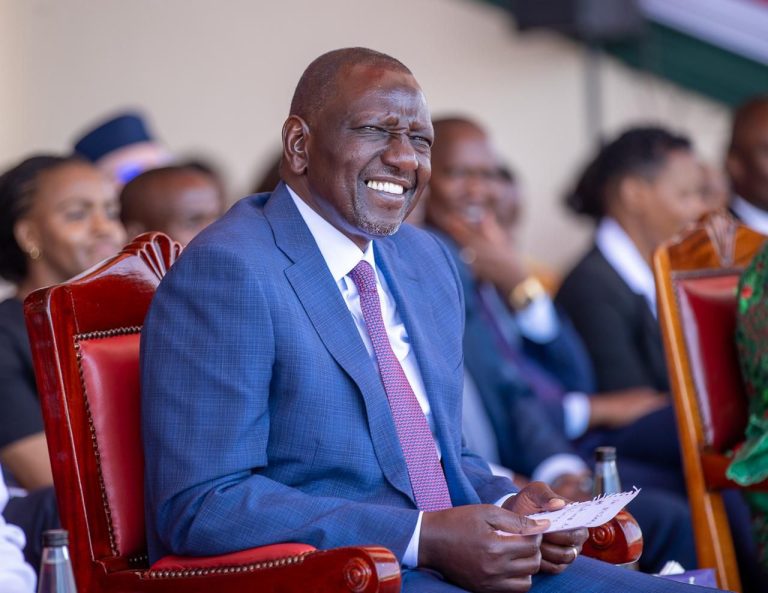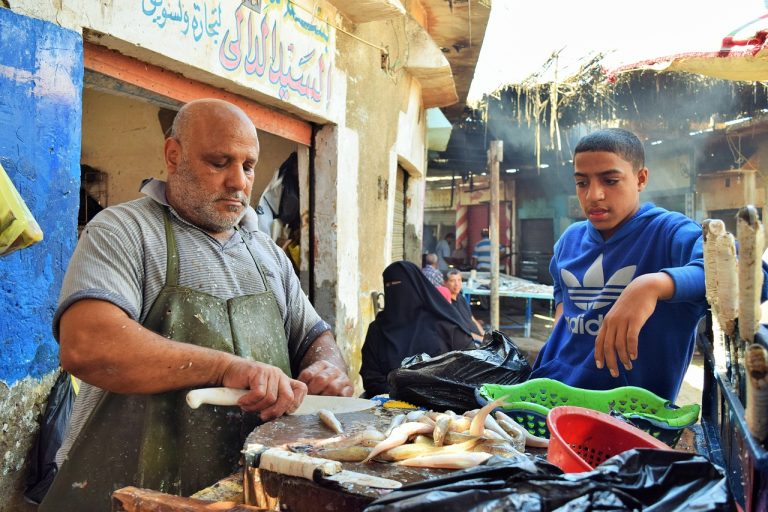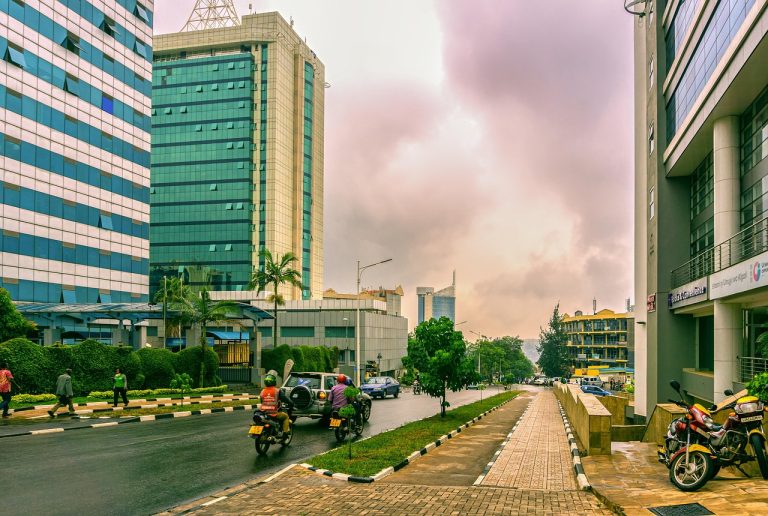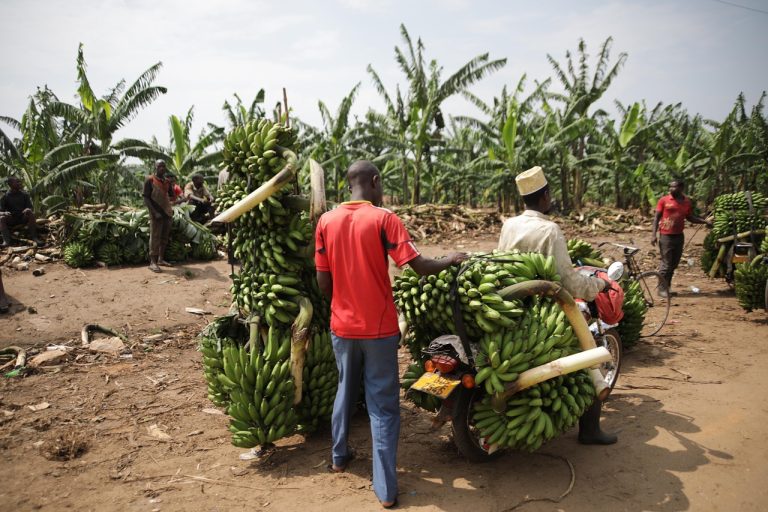Poor air links and tough visa rules are grounding Africa’s growth, crippling trade, tourism, and the dream of a truly connected continent.
From a business traveller in Lagos forced to fly via Doha to reach Nairobi, to a family in Accra spending over 30 hours en-route to Johannesburg via Europe, the frustrations of intra-African air travel are painfully real.
This inefficiency is not just an inconvenience – it is a major drag on trade, tourism and regional integration across the continent.
For many African travellers, the journey between neighbouring capitals can resemble a round-the-world trip. Instead of hopping between Accra and Lagos, or Kampala and Kigali, passengers often fly into Europe or the Middle East before returning to Africa. The extra lay-over, transit visas and additional cost add hours – sometimes days – to what should be a short regional hop. That time equals lost productivity for business, forlorn tourist opportunities and extended separation for visiting relatives.
“When I can fly from Accra to Cairo in five hours, yet it takes me 18 hours via Paris to get to Nairobi, you begin to see how our connectivity deficit becomes a structural handicap for African trade and family ties,” Martin Antwi, Accra-based independent policy analyst told Allen Dreyfus.
Tourism is one of the most resilient economic sectors across the globe, but Africa’s fragmented air network places it at a distinct disadvantage. One study noted that although Africa accounts for about 18% of global population, its share of air passenger and cargo traffic remains under 2.1%. That disparity helps explain why Africa’s tourism potential remains under-harnessed, and why intra-continental business linkages lag far behind.
Poor connectivity also undermines intra-African commerce. When exporting garments from Lagos to Cape Town, companies discharge cargo via Dubai or Istanbul simply because direct air-links do not exist; higher freight cost and longer lead times weaken viability. Trade corridors require swift, reliable transit. In many African markets that is not the case.
Structural bottlenecks and visa constraints
Compounding the airline problem is the mess of visa and permit rules. Many zones within Africa still demand visas or transit permits even between neighbours – a barrier that directly suppresses travel and trade volume. One African regional trade expert, Suzzy Mba, explains: “Every time a businessman from Douala must apply for a visa to visit Yaoundé, or a tourist from Dakar must pre-book a visa for Lomé, the friction builds. The time and cost become hidden taxes on mobility and commerce.”
Air-service agreements across African states remain under-developed. The body of direct flight links is uneven: one recent ranking placed Ethiopia at the top with 38 direct intra-African country links, while only six countries serve more than 20 other African countries directly. Moreover, 64% of intra-African markets have seven or fewer flights per week.
Without liberalised air-service agreements, open skies policies and simplified visa regimes, airlines balk at adding new short-haul intra-African routes. They cite uncertain demand, high landing fees and lack of government support. A 2025 Embraer-commissioned report identified no fewer than 45 intra-African route pairs that could sustain at least three direct weekly flights with the right equipment and policy support.
What’s at stake is enormous. Better connectivity would facilitate smoother tourism flows, higher intra-continent trade and more efficient movement of labour and business executives — all of which feed inclusive growth. “When air travel becomes seamless among African capitals, you don’t just get more tourists — you get more investment, joint-venture meetings, conference delegates, and supply-chains that skip the detour via Europe,” Mba told Allen Dreyfus.
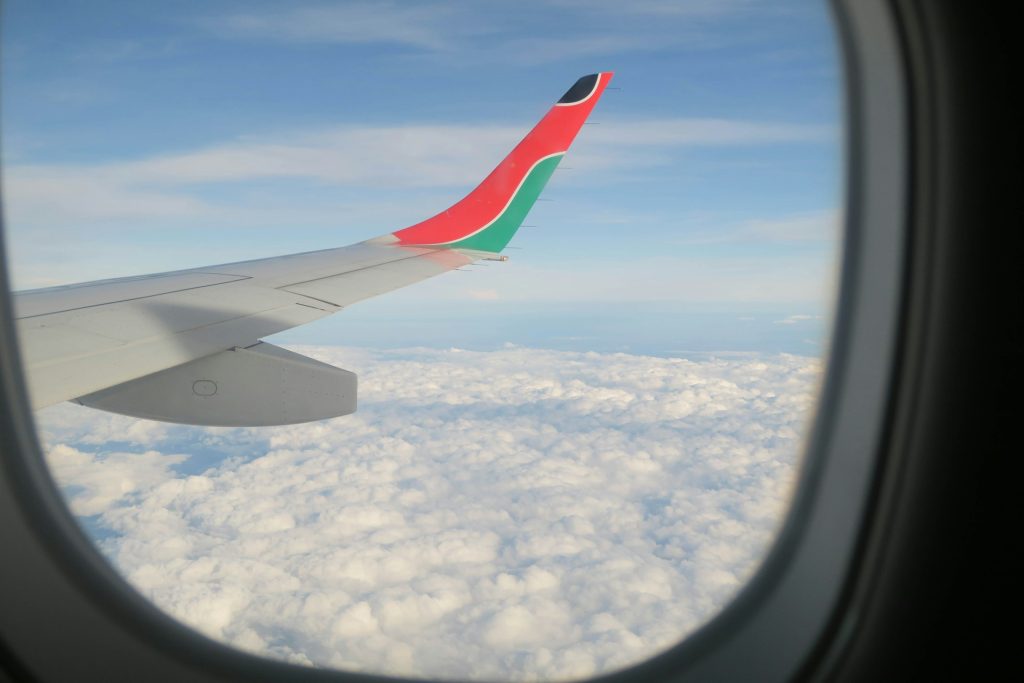
By lowering transit times and cost, a business traveller could visit three African cities in a week instead of being mired in a single continent-to-continent transit. That matters for conference-tourism, manufacturing investment and agricultural trade. The potential multiplier effect spans the tourism sector, aviation-linked services, cargo logistics, and regional manufacturing.
And while quantifying a precise lost-revenue figure is difficult, the relationship between weak connectivity and broader economic weaknesses is clear. The fact that Africa loses an estimated USD89 bn annually through illicit financial flows — and that these are partly tied to weak economic integration — underscores the cost of staying disconnected.
What must change
The remedy lies in coordinated action:
Cut landing charges and operating fees – Lower airport costs make regional flights more viable for carriers.
Harmonise visa regimes – Simpler visa-on-arrival or visa-free regimes among trade blocs reduce friction for travellers, businesspeople and tourists alike.
Use right-sized aircraft and encourage regional carriers – Short-haul African routes often cannot support large aircraft; smaller jets or turboprops may unlock previously unserved markets.
Liberalise air services – African governments must reduce bilateral barriers, adopt open-skies and permit multiple carriers to operate intra-African routes.
Integrate tourism and transport policy – Travel- & tourism-strategies must recognise air-connectivity as key infrastructure for trade and growth.
As Antwi puts it: “Improving air links between African cities is not a luxury for the continent — it is infrastructure for growth. Every extra hour spent waiting at a hub in Europe is an hour lost from building businesses in Africa.”
In a continent brimming with unrealised potential, overcoming the invisible barrier of poor connectivity could be the single most effective move to boost intra-African trade, raise tourism revenues and accelerate regional integration. The skies of the continent must no longer see Africa detour via Europe — they must link Africa to Africa.
